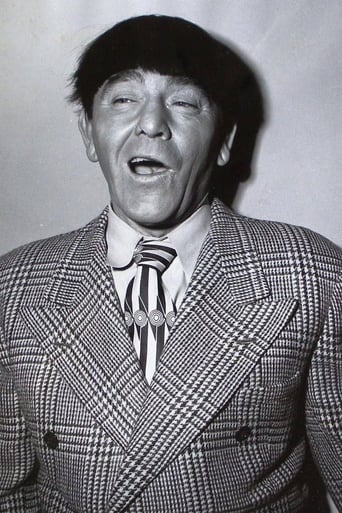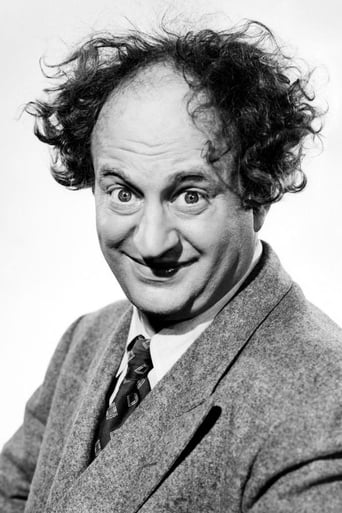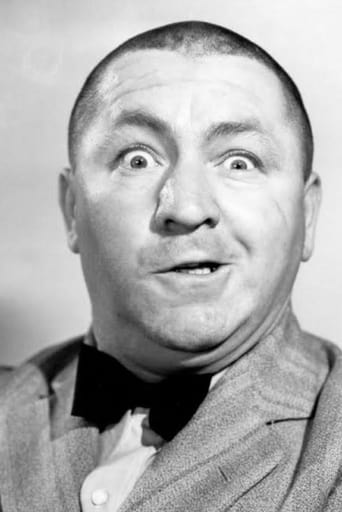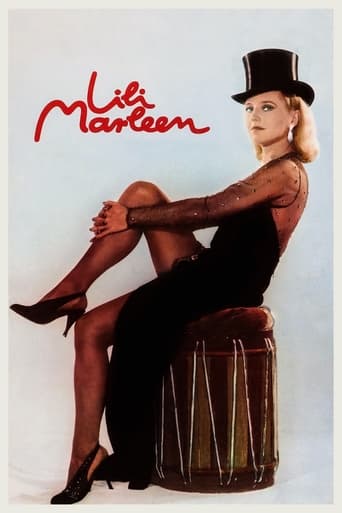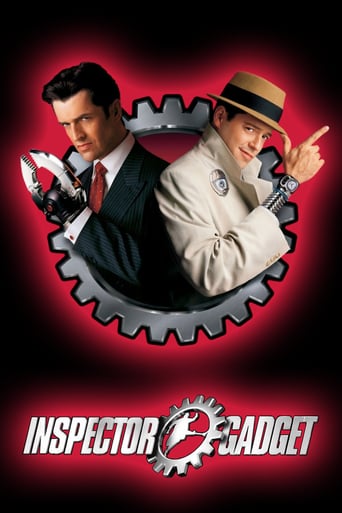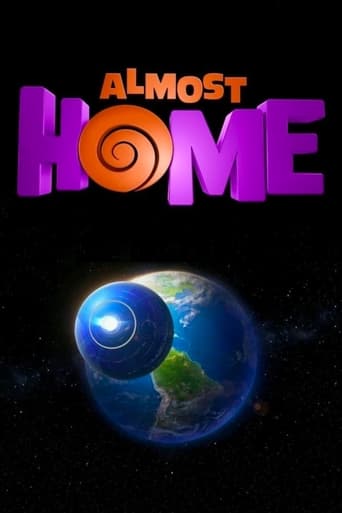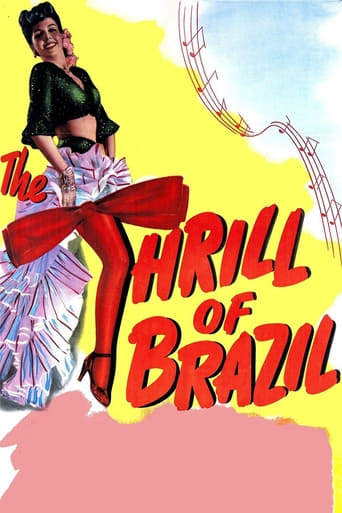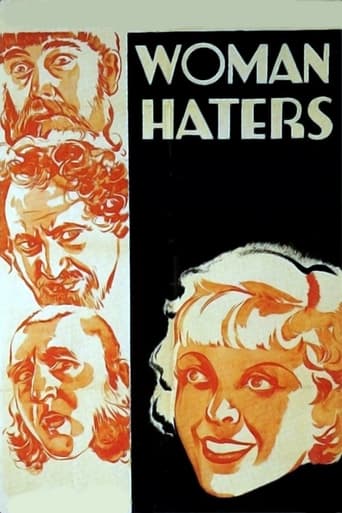
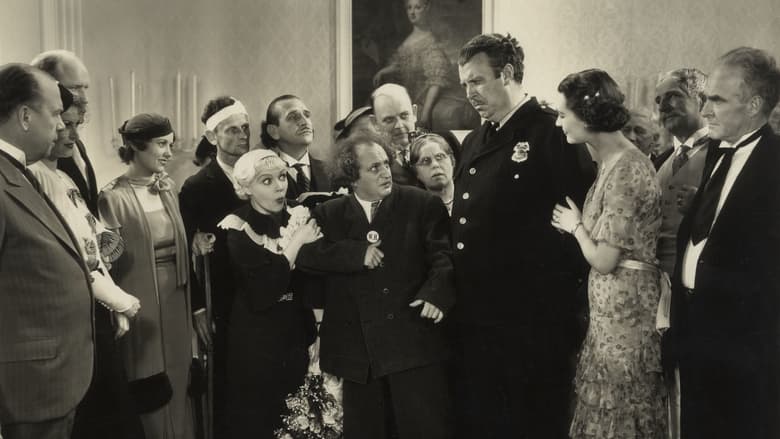
Woman Haters (1934)
The stooges join the "Women Haters" club and vow to have nothing to do with the fair sex. Larry marries a girl anyway and attempts to hide the fact from Moe and Curly as they take a train trip.
Watch Trailer
Cast
Similar titles
Reviews
Why so much hype?
The first must-see film of the year.
This is a coming of age storyline that you've seen in one form or another for decades. It takes a truly unique voice to make yet another one worth watching.
There are moments in this movie where the great movie it could've been peek out... They're fleeting, here, but they're worth savoring, and they happen often enough to make it worth your while.
"Woman Haters" is a 19-minute black-and-white sound short film from 1934, so this one is already way over 80 years old and to put in in perspective, Hitler was fresh in the office in Germany when this came out. It is a Stooges short film and many consider it the very first officially. If you have seen other works from the trio, you will see that many aspects are still different. One example would be the rhyming that quickly disappeared from Stooges works and lots of the comedy in here is based on verbal jokes and the physical jokes are not that common yet. However, when they appear, they pretty much look exactly like they do later on in the works. Also unusual is that Larry is the protagonist pretty much and that Curly (known as Curley here) is the Stooge with probably the least impact and least significant material, something that changed quickly too. And of course, the Stooges here play characters with other than their real names, which is also a rare occurrence. But the music in here is one aspect that they returned to many times in the future. A great quantity of Stooges short films have music parts in them. Larry was for example a gifted violinist. But enough of the general stuff and lets take a look at the story here. Feminists may probably call it misogynist that there is a woman haters club in here, but honestly, they really made up for it by showing respect for women on several occasions. With "they", I am referring to Archie and Jerome S. Gottler (father and son) who are almost entirely forgotten today and also not known for their work with the Stooges anymore. The female main character is played by the ill-fated Marjorie White in her final career performance and also in the cast is Walter Brennan a couple years before becoming Hollywood's most successful supporting actor ever if we go by Academy Award wins. About this film itself here, the Stooges were not yet at their best and while I can see that this film is pretty famous because of being the first, it's not necessarily deserving of the attention. i give it a thumbs-down. Not recommended.
This is not a particular good Stooges short or a great debut for The Three at Columbia at all. It wasn't even meant to be one to begin with (it was part of a musical series Columbia did and it shows), seeing The Stooges rhyme was very bizarre, although the plot of Larry Moe and Curly joining a Woman's Haters Club was interesting, most of the laughs were lost because of the attempts at making everything a rhyme. Occasionally there would be a funny moment, like when The Stooges are interacting with Mary near the end, but it was only mildly amusing. Overall I'd say the short was kind of a waste of time, and I'm a big Three Stooges fan, heck probably the biggest fan of my generation, so the short was very disappointment for me. Thankfully things would only get better from here.
This is one is really unique episode and not to forget this is the very first stooges episode. This stooges episode is mostly about rhyming and being a musical.You know how none of the stooges are really the main character, well this one actually has a main stooge and it's surprisingly Larry. Usually Larry is in the background while Curly and Moe have most lines and jokes.The story is about The stooges joining a woman hating club but Larry is about to get married to a woman named Mary but Larry is having problems with breaking up with her.Down right saying saying it's an okay stooges episode but it's very unique and eccentric episode.
For the first time on the silver screen, it's the Three Stooges! "Woman Haters," their first two-reeler for Columbia Pictures, is a lively, fast-paced musical with most of the dialogue spoken in rhymed verse. Larry takes the lead as Jim, a member of the Woman Haters' Club who secretly gets married. It only gets worse from there, since Jim performs a constant balancing act between concealing his club affiliation from his wife Mary (Marjorie White) and convincing his partners Tommy (Moe) and Jackie (Curly) that Mary is a complete stranger.The following are a few highlights from "Woman Haters." Familiar Stooges foil Bud Jamison, playing the Woman Haters' Club chairman, performs the Stooges' eye-poking initiation into the club, thus becoming the first person to poke someone in the eyes in a Three Stooges short; Tommy later performs the same unique initiation for the train conductor, played by the one and only Walter Brennan. Jim and Jackie quarrel on the train exterior, and the Stooges later fall out of their berths, both scenes greatly enhanced by the music score. And here's another interesting thing to watch for: at one point in the film, Larry slaps Moe, who does nothing to Larry in return. (At this stage in the Stooges' career, they had not yet fully developed their comic personalities, but that problem would soon be solved with the advent of director Del Lord.) For a unique approach to Stoogedom, give "Woman Haters" a try. It is a very entertaining & enjoyable Three Stooges musical comedy. After this short, there would be no more Stooge musicals at Columbia, although music would still become an integral part of several of the boys' later shorts such as "Micro-Phonies" (1945), "Violent Is the Word for Curly" (1938), and "Rhythm and Weep" (1946).
